
Filter News
Area of Research
- (-) Advanced Manufacturing (13)
- (-) Neutron Science (77)
- Biological Systems (14)
- Biology and Environment (40)
- Biology and Soft Matter (1)
- Building Technologies (3)
- Chemistry and Physics at Interfaces (4)
- Clean Energy (167)
- Climate and Environmental Systems (2)
- Computational Biology (4)
- Computational Engineering (2)
- Computer Science (4)
- Energy Frontier Research Centers (7)
- Energy Sciences (2)
- Fossil Energy (2)
- Fuel Cycle Science and Technology (1)
- Functional Materials for Energy (6)
- Fusion and Fission (17)
- Fusion Energy (2)
- Geographic Information Science and Technology (2)
- Isotope Development and Production (1)
- Isotopes (8)
- Materials (204)
- Materials Characterization (2)
- Materials for Computing (13)
- Materials Synthesis from Atoms to Systems (5)
- Materials Under Extremes (5)
- National Security (24)
- Nuclear Science and Technology (24)
- Nuclear Systems Modeling, Simulation and Validation (1)
- Nuclear Systems Technology (1)
- Quantum Condensed Matter (1)
- Quantum information Science (1)
- Reactor Technology (1)
- Sensors and Controls (1)
- Supercomputing (107)
- Transportation Systems (5)
News Type
News Topics
- 3-D Printing/Advanced Manufacturing (10)
- Artificial Intelligence (2)
- Big Data (1)
- Bioenergy (4)
- Biology (4)
- Biomedical (4)
- Biotechnology (1)
- Climate Change (1)
- Composites (1)
- Computer Science (7)
- Coronavirus (5)
- Cybersecurity (2)
- Decarbonization (1)
- Energy Storage (2)
- Environment (3)
- Frontier (1)
- Fusion (1)
- High-Performance Computing (1)
- Machine Learning (1)
- Materials (6)
- Materials Science (13)
- Microscopy (1)
- Nanotechnology (6)
- National Security (1)
- Neutron Science (40)
- Nuclear Energy (2)
- Physics (7)
- Quantum Science (4)
- Security (1)
- Space Exploration (1)
- Summit (4)
- Sustainable Energy (4)
- Transformational Challenge Reactor (1)
- Transportation (2)
Media Contacts

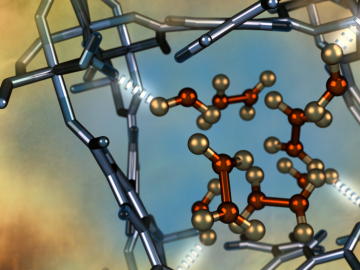
Led by the University of Manchester, an international team of scientists has developed a metal-organic framework material (MOF) that exhibits a selective, fully reversible and repeatable capability to remove nitrogen dioxide gas from the atmosphere in ambient conditions.
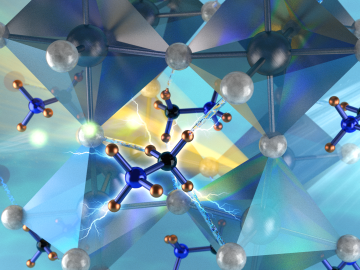
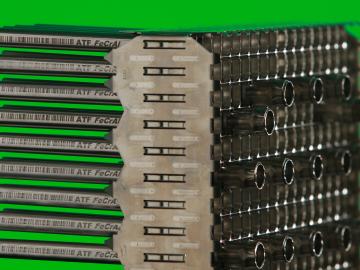
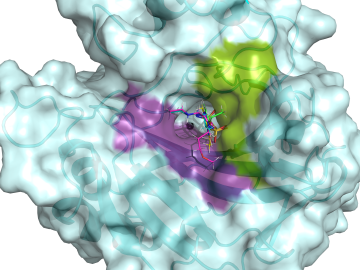
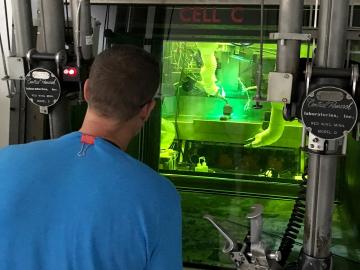
Scientists of the Department of Energy’s Light Water Reactor Sustainability Program (LWRS) and partners from the Electric Power Research Institute (EPRI) have conducted the first weld tests to repair highly irradiated materials at DOE’s Oak Ridge National Laboratory.
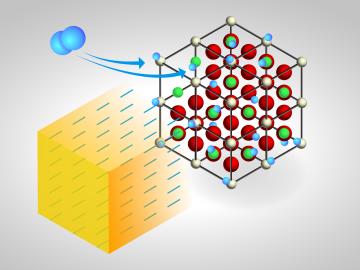
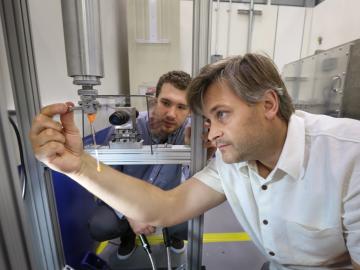

After more than a year of operation at the Department of Energy’s (DOE’s) Oak Ridge National Laboratory (ORNL), the COHERENT experiment, using the world’s smallest neutrino detector, has found a big fingerprint of the elusive, electrically neutral particles that interact only weakly with matter.

Researchers used neutrons to probe a running engine at ORNL’s Spallation Neutron Source


